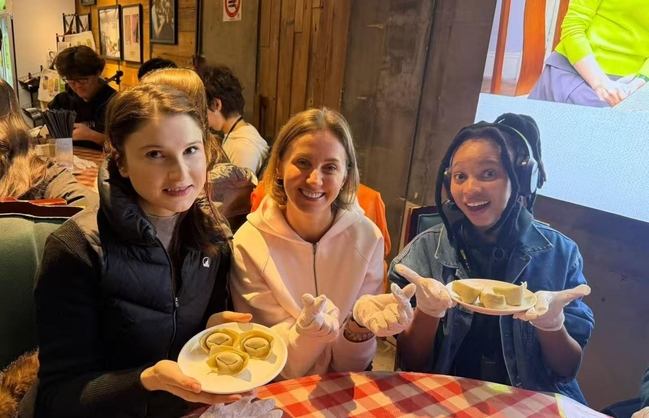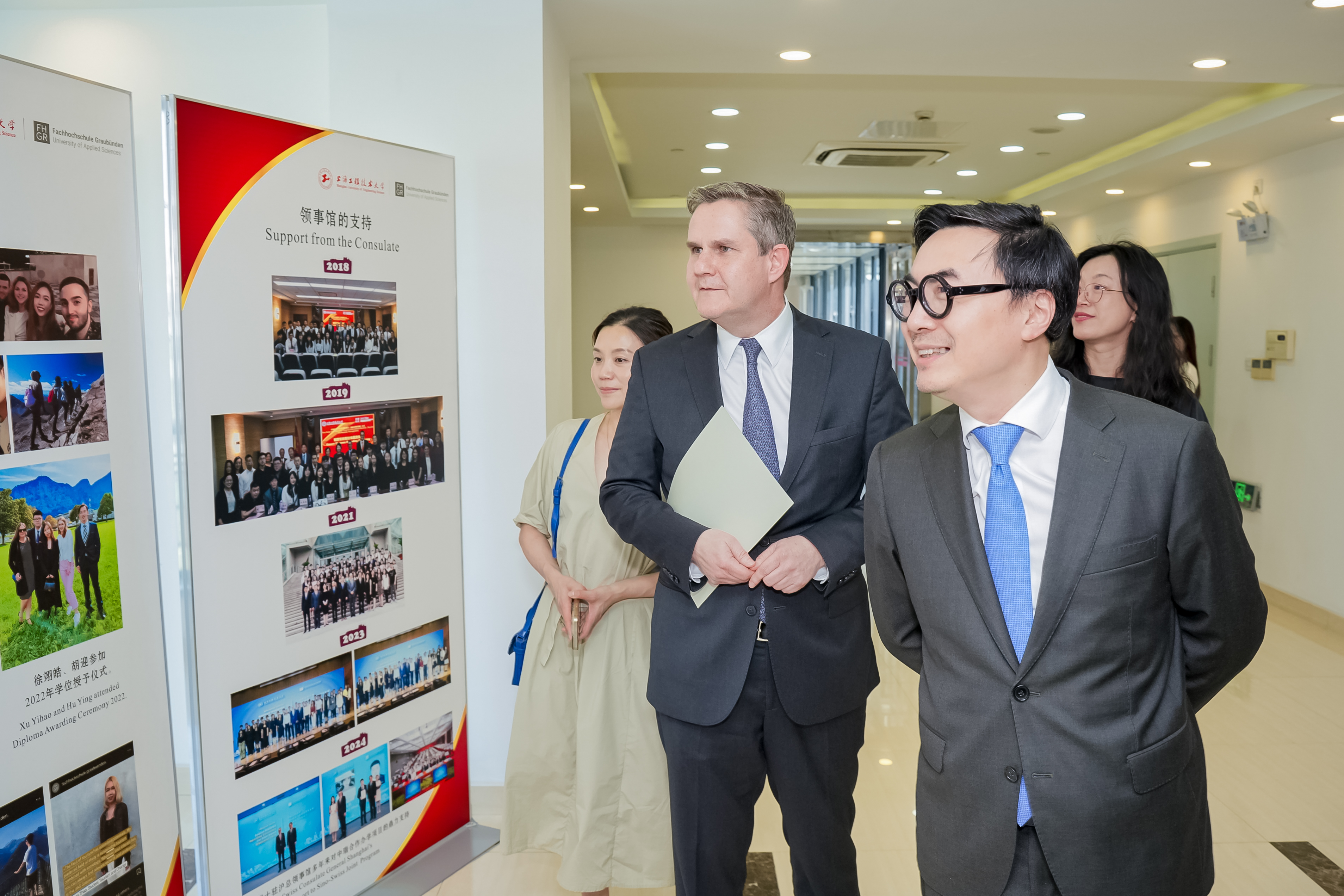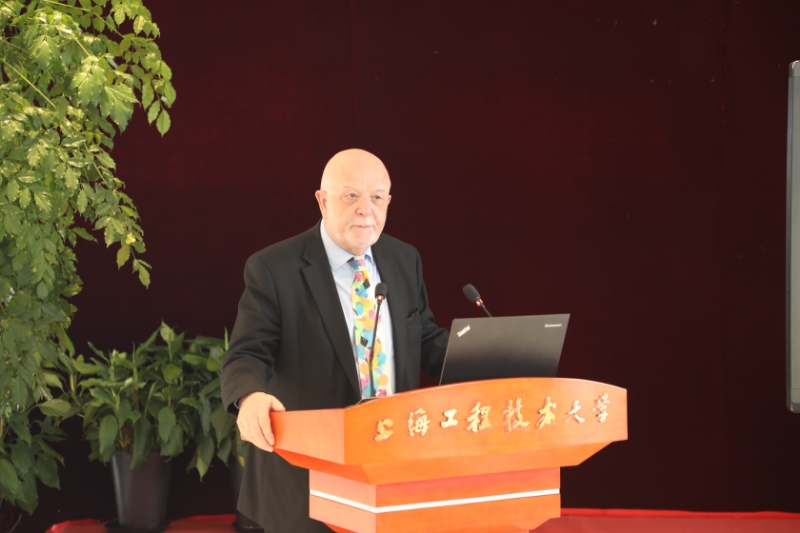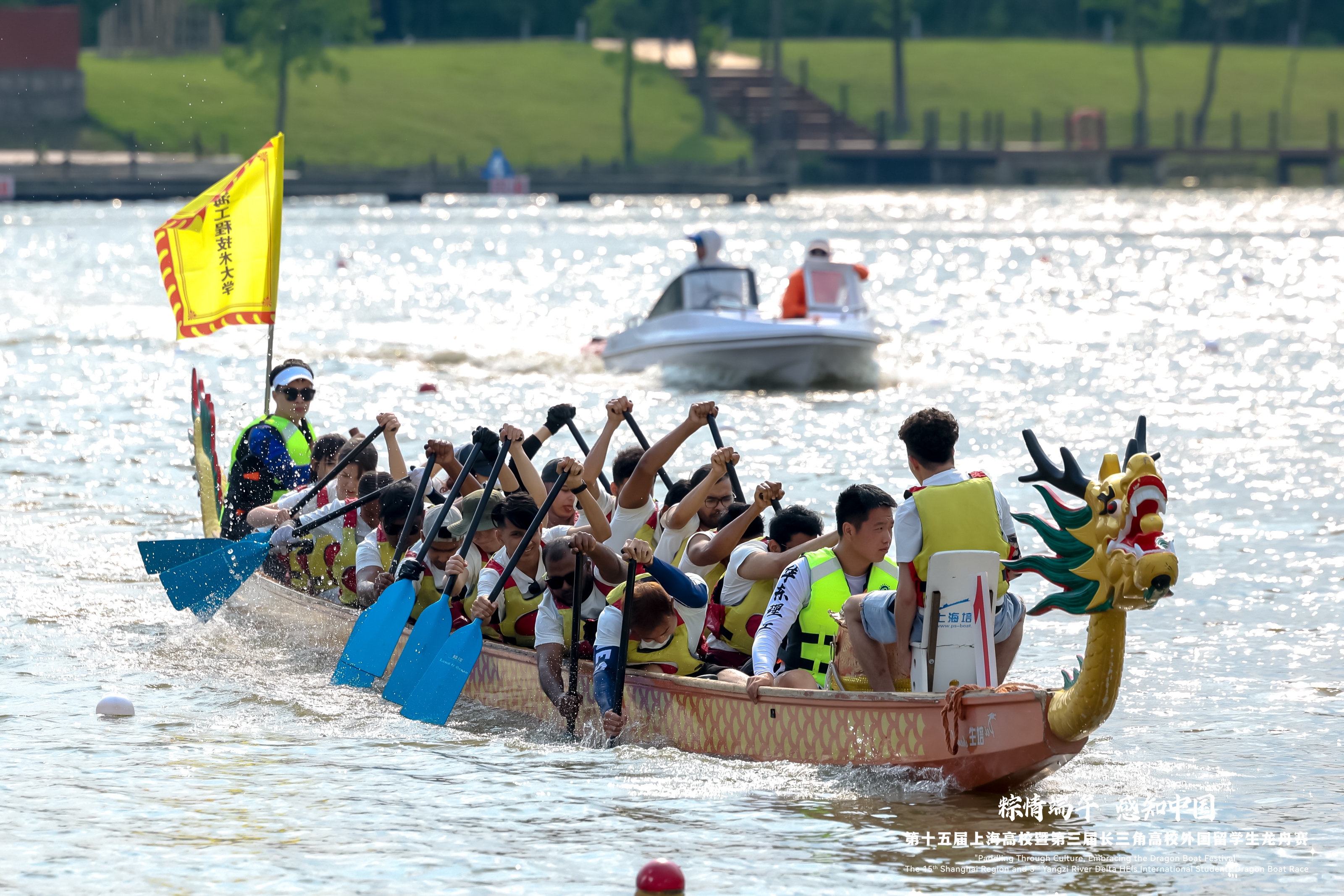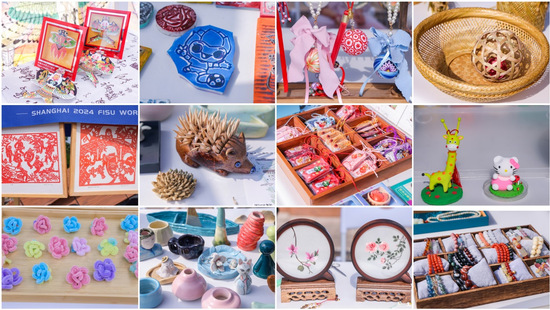
This midsummer, the study footprints of SUES students extended not only across Europe and Asia but also across the Pacific Ocean to California, USA. Here, they embarked on a journey of learning, reflecting, practicing, and gaining insights—experiencing authentic American classrooms and exploring California’s unique technological charm and cultural heritage. Today, we turn our focus to two distinctive universities in California. Through the students’ stories, we’ll see how they overcame language barriers, sparked innovative ideas, and forged vivid, unforgettable growth memories amid the sparks of cross-cultural exchange.
University of California, San Diego (UCSD): Immersive English Empowerment & Vibrant Cross-Cultural Exchange
Beneath the clear, bright summer sun of July, SUES students kicked off a one-month immersive English training program at the University of California, San Diego (UCSD). Centered on advanced language communication and comprehensive academic skills, the full-English instruction created a practical "training ground" for real-language practice. Course content covered U.S. historical context, social structure, and the operation of political systems—helping students gain a comprehensive understanding of American society.
In advanced communication classes, students engaged in in-depth discussions with peers from around the world on diverse topics, where different cultural perspectives sparked lively exchanges. Afternoon sessions focused on academic reading/writing skills and critical thinking development: they received detailed guidance on practical skills like essay writing and speech design, with sessions on teamwork and leadership training woven in seamlessly. The weekly class presentations achieved a "win-win": they helped students systematically organize what they’d learned while effectively honing their language expression and logical presentation abilities.

During campus tours, as they walked along UCSD’s tree-lined paths, the blend of modern and traditional architecture, book-filled libraries, and state-of-the-art laboratories immersed them in a rich academic atmosphere. City excursions let them explore art and history at Balboa Park’s museums and feel the city’s vitality while walking on the beaches of Coronado Island. The highlight was the cultural exchange gala—featuring Chinese traditional dance, American country music, Korean K-pop, and Japanese tea ceremonies—with tables filled with cuisines from around the world. Amid laughter and conversations, cross-border friendships quietly took root and grew.
Student Reflection: Student from School of Air Transportation (School of Flying)
"This English training program laid a solid foundation for my future studies and development. Moving forward, I will continue to strengthen my English skills—expanding my vocabulary, improving my writing and speaking abilities—to make greater progress. At the same time, I will apply the cross-cultural communication knowledge and skills I learned here to real life: actively communicating and collaborating with people from different cultural backgrounds to broaden my international perspective.
Academically, I hope to deepen my understanding of my major and enhance my academic proficiency. The academic English writing course in this program gave me a deeper insight into academic research. I look forward to participating in more research projects and publishing high-quality academic papers in the future."
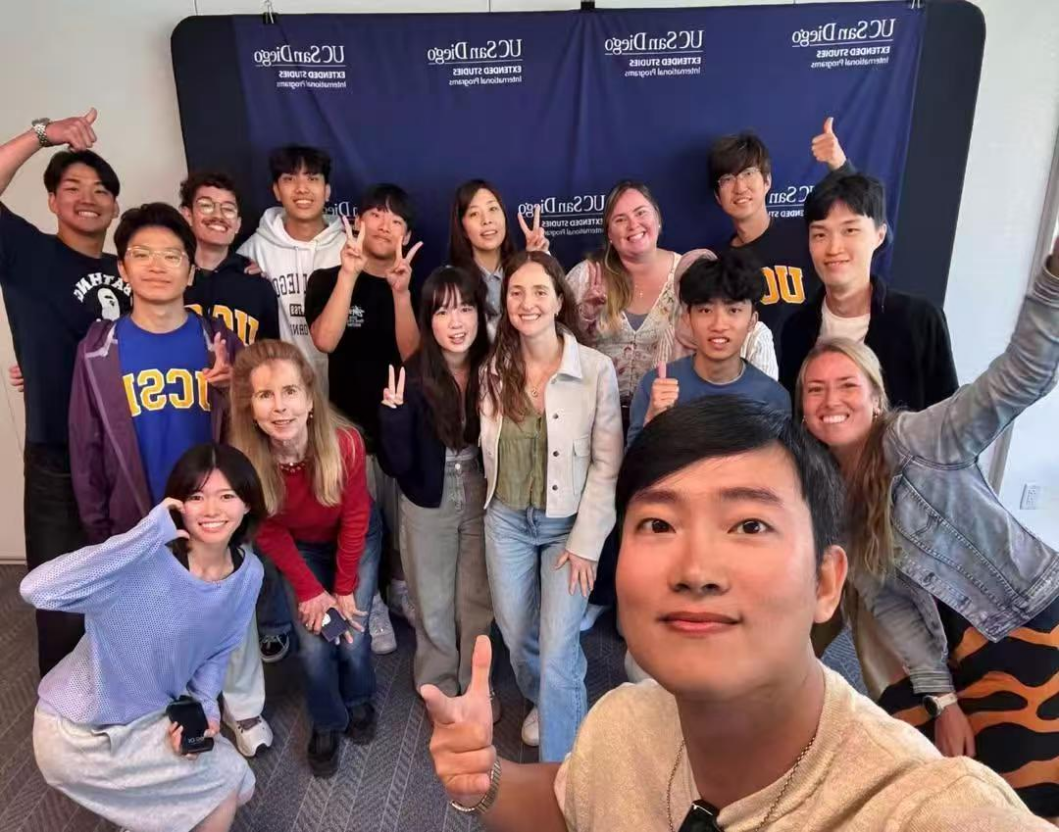
California State Polytechnic University, Pomona (Cal Poly Pomona): Practical Innovation Training & Interdisciplinary Thinking Advancement
From July 6 to July 19, SUES students joined California State Polytechnic University, Pomona (Cal Poly Pomona) for a two-week "Student Innovation, Entrepreneurship, and Leadership Program." Focused on enhancing practical innovation capabilities, the program brought substantial gains. Courses covered presentation skills, international business communication, and analysis of cutting-edge technology and industry integration—guiding participants step by step to understand the operational logic of the global innovation ecosystem and grasp the fundamental rules of the business world.
In the presentation skills class, an instructor who once served as a training director at Disneyland opened by pinpointing common pain points in PPT design. He proposed practical rules like "one core point per slide" and "fewer words, larger font", then led students to break down "information graveyard" presentations—those cluttered with data that make key points hard to grasp. This helped everyone intuitively master the essentials of effective presentation.
Business English and practical project classes focused on useful skills: they broke down the "conclusion-first" principle for business emails and paired it with teamwork training, laying a solid foundation for students to adapt to international academic and workplace scenarios.
The two-week DeepSeek project research— the core practical component of the program—was a truly intensive experience. Small groups gathered to refine research frameworks, conduct in-depth analysis of MoE (Mixture of Experts) technology’s cost advantages and the commercial value of model distillation, and held progressive, in-depth discussions on the safety boundaries and ethical disputes behind the technology. Amid the collision of ideas, their research capabilities were strengthened.
Outside of classes, students often wandered the campus during their free time. While enjoying the relaxation and comfort, they experienced the unique campus atmosphere—"where theory and practice coexist, and innovation blends with rigor"—and gained first-hand experience of the vivid charm of academic life and daily routines in a foreign country.
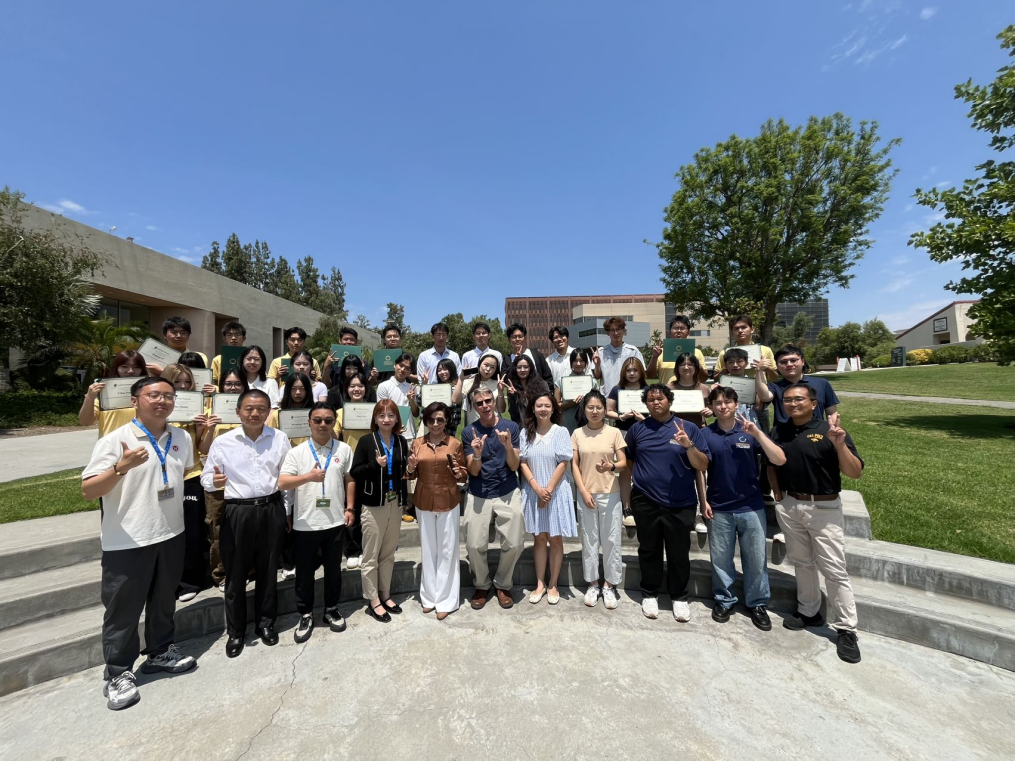
Student Reflection:Student from School of Management
"Looking back on these two weeks of research, I not only completed the technical analysis of DeepSeek but also underwent a thinking upgrade. I learned how to extract core logic from complex information, how to translate professional content into accessible expressions, and most importantly, how to view the true value behind technological trends with a critical eye. This way of thinking has redefined the boundaries of industrial engineering for me.
In the future, I hope to apply the insights from this research to broader fields—such as using large models to optimize supply chain decisions and enhance the autonomy of smart manufacturing systems.
This program made me realize that modern engineers must master three ‘languages’:
- Technical language: Understanding algorithms, architectures, and performance metrics;
- Business language: Translating technical advantages into cost benefits, user experience, or market share;
- Humanistic language: Focusing on technology’s social impact, ethical boundaries, and humanistic care.
My career plan has thus become clearer: I aspire to be a ‘technology translator’—not just a pure algorithm researcher or a pure business analyst, but an interdisciplinary talent who builds bridges between technology and industry."
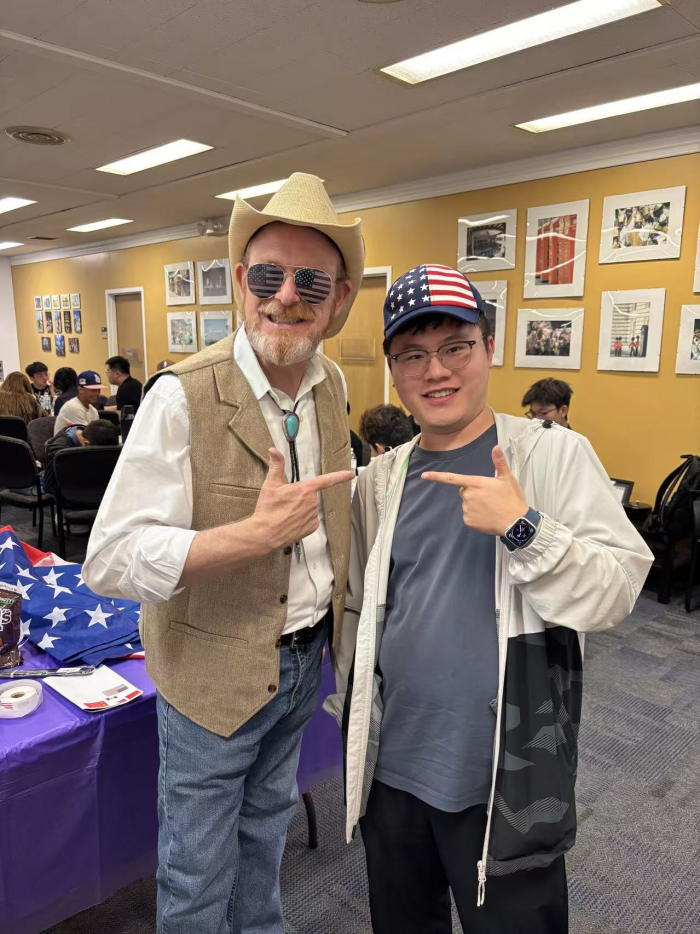
Final Thoughts
In California’s summer sun lie the most vivid growth milestones of SUES students: at UCSD, they achieved a breakthrough from "timidity" to "confidence" in English; at Pomona, they underwent a transformation from "vagueness" to "clarity" in innovative thinking. Here, there was academic depth, cultural warmth, and sincere friendships forged through cross-cultural collaboration.
This study journey in the Americas is not an end, but a starting point for more exciting adventures. The stage of youth has never been limited to campus—may more students take bold steps forward, driven by their passion for their majors and curiosity about the world!






